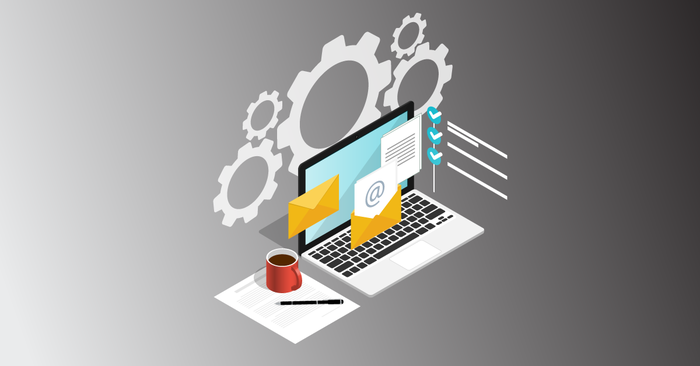4 Things You Should Know When Preparing for a Job Scheduler Migration

Having an “if it’s not broke, don’t fix it” mentality isn’t always the best idea when it comes to job schedulers. While your current job scheduling solution might be working, is it working well? Organizations often hold themselves back simply because they are afraid of change.
While it might seem scary at first, completing a job scheduler migration is anything but. As long as you can answer the following questions, you can migrate to a new job scheduling solution.
1. How Are You Currently Scheduling Jobs?
The first step for an easier job scheduler migration is to take a good look at your current job processes. Assess how you’re kicking off jobs. Are you using an OS tool, leveraging a database utility, or writing custom scripts? Or a combination of all three? Making a list of all the job types you’re running will help make sure nothing gets left behind in a migration. And be sure to identify key stakeholders in your organization who know the jobs well for when questions arise.
Also take stock of which features you’re using on your current solution. Are you able to use just the native features of your legacy scheduler or have you implemented workarounds and bolt-on utilities to make it work for your business? Taking a good inventory of your jobs and the features you use can help you better understand your needs when assessing new solutions. That way, you’ll be able to find a job scheduler that works for you without workarounds.
2. What Are Your Easiest Jobs to Migrate?
Now that you have you’re list of jobs, identify which will be the easiest to migrate. You have to start somewhere so you might as well start with the low-hanging fruit to get the ball rolling. Think of these as the “cookie cutter” jobs that are syntax specific and handled the same way no matter your job scheduler.
Look for simple command line jobs that can be converted in bulk like SQL jobs, PowerShell scripts, and any other sort of script, no matter the operating system, including Unix and Linux. Also look for any types of jobs that come packaged with their endpoint information, as they can be easily lifted to your new job scheduler.
3. What Jobs Feature More Complexity?
Now take a look at the more complex jobs on your list. Here’s where some IT teams can lose steam, but don’t despair—even legacy applications that use lots of proprietary code can be unraveled. These are jobs like file transfer jobs where you need to take dependencies, workflows, and calendars into account. For each of these jobs determine the object types involved and find out what’s triggering the job, where are links being made, and the order of your workflow.
Once you start grouping jobs by their properties , it makes it easier to go through them in the right order and ensure everything can be migrated efficiently. The more organized you are, the easier your job scheduler migration will be.
4. Do You Have a Helpful Vendor?
Once you understand the properties of your jobs and how they are combined into workflows, you’ll know which features are most important to you to find the best fit for a job scheduling solution. As you research, keep in mind that even if they don’t have the specific version of your legacy app, a good stable of conversion utilities (e.g. Task Scheduler, SQL Agent, and Cron) shows that they can map the most important elements of your jobs and schedule.
Look beyond the features offered and assess the support offered. A great vendor with ample migration services can streamline a job scheduler migration and often improve the way you automate. Do they offer training, migration services, or functional testing? Do they offer any free conversion utilities? This type of support helps you get up and running on your new solution quickly and minimizes downtime for your business.
Ready for a Job Scheduler Migration?
An enterprise job scheduler, like Fortra’s JAMS, can help bring more visibility and control over the IT workflows in your enterprise. Chat with our experts and bring any questions you might have about the product and the migration process.